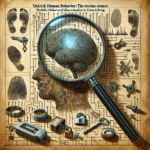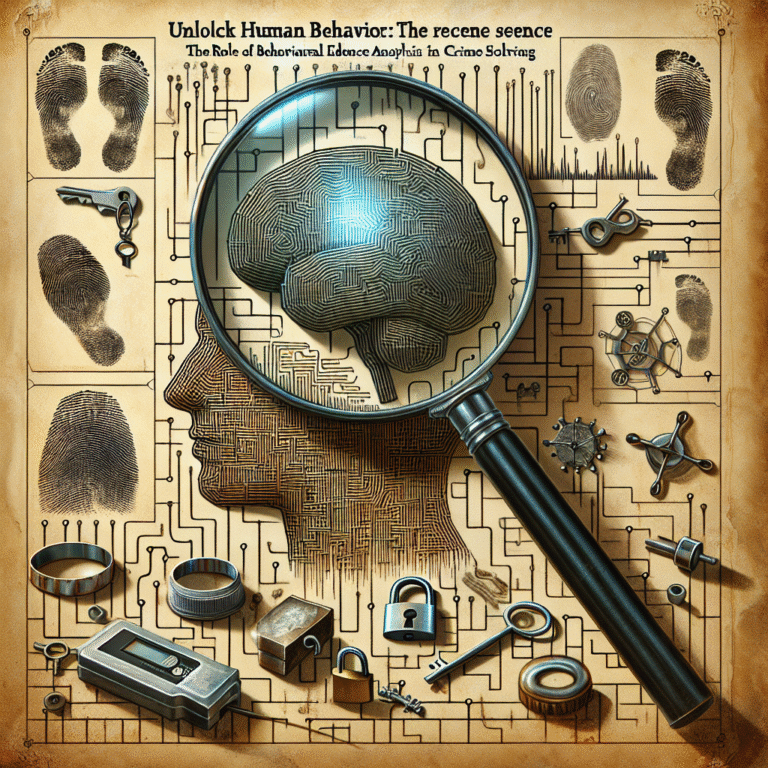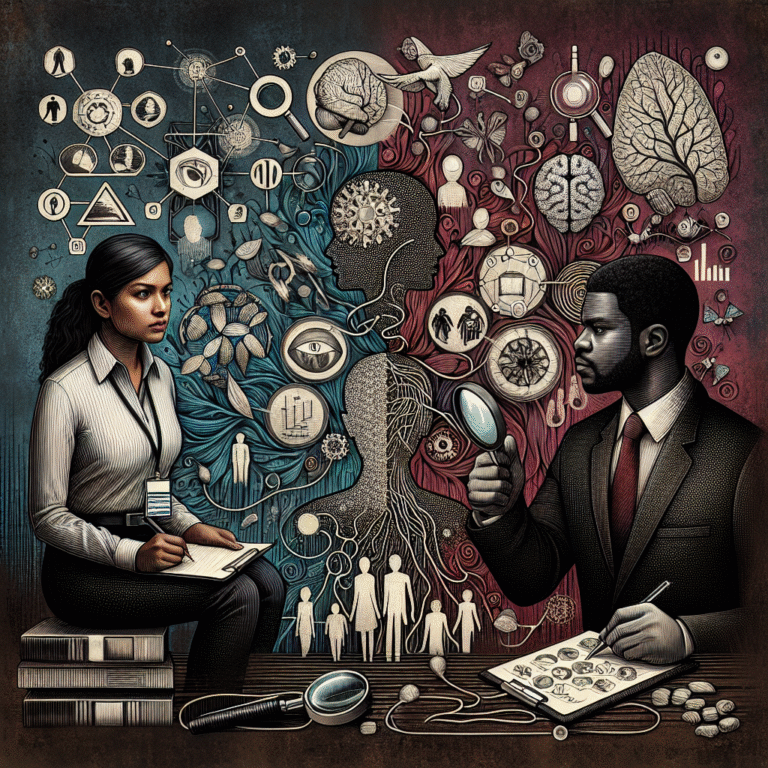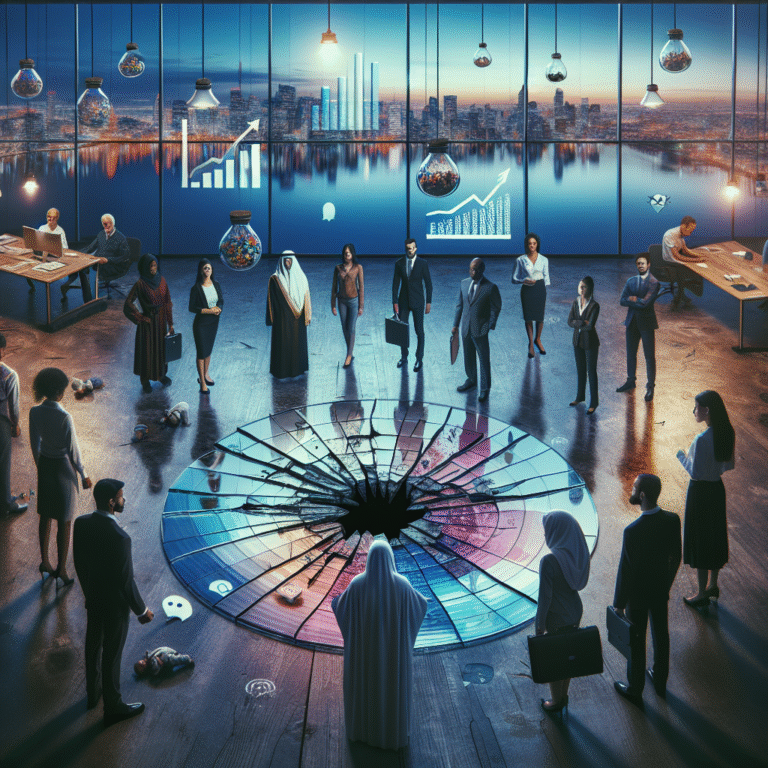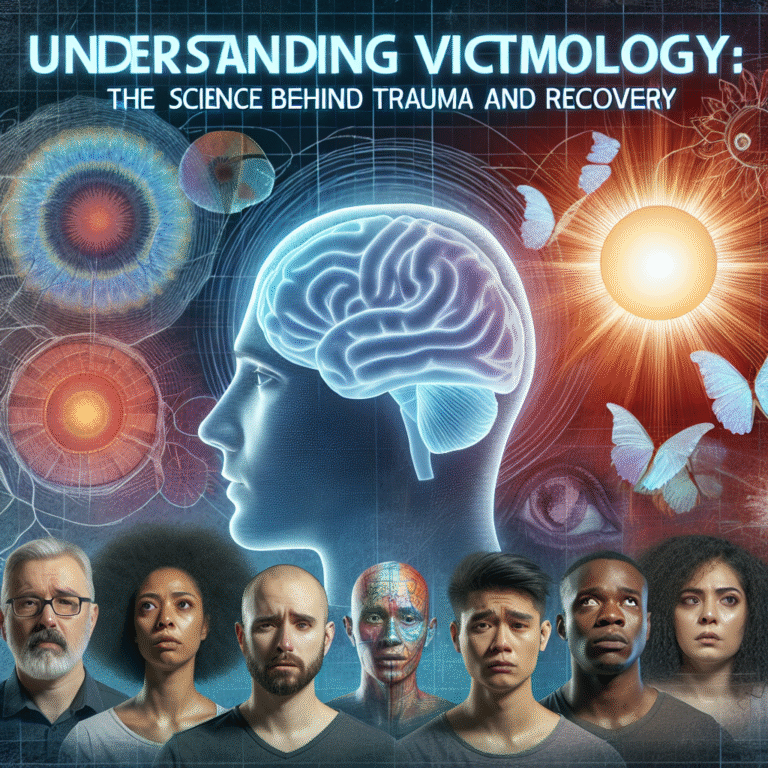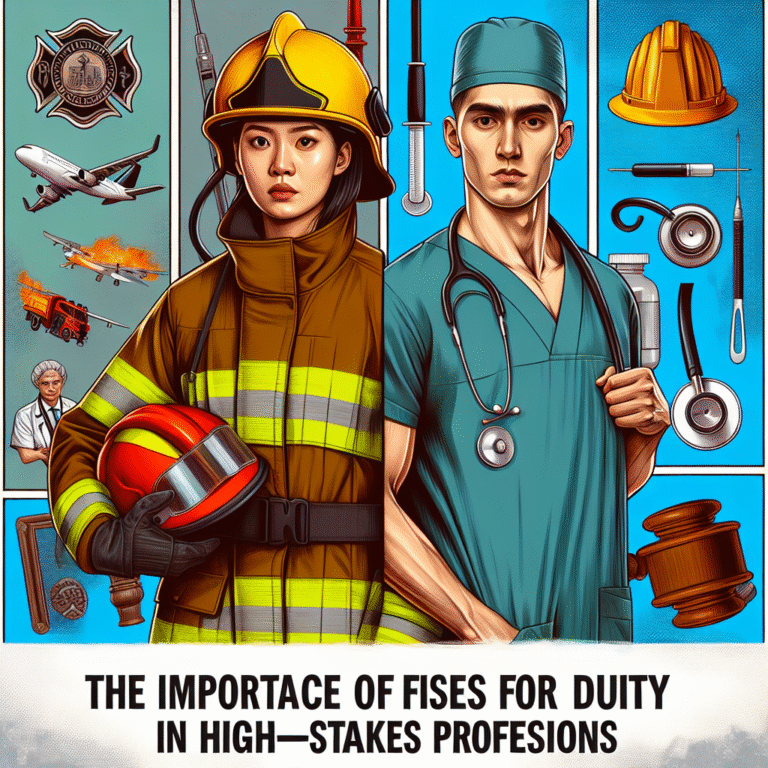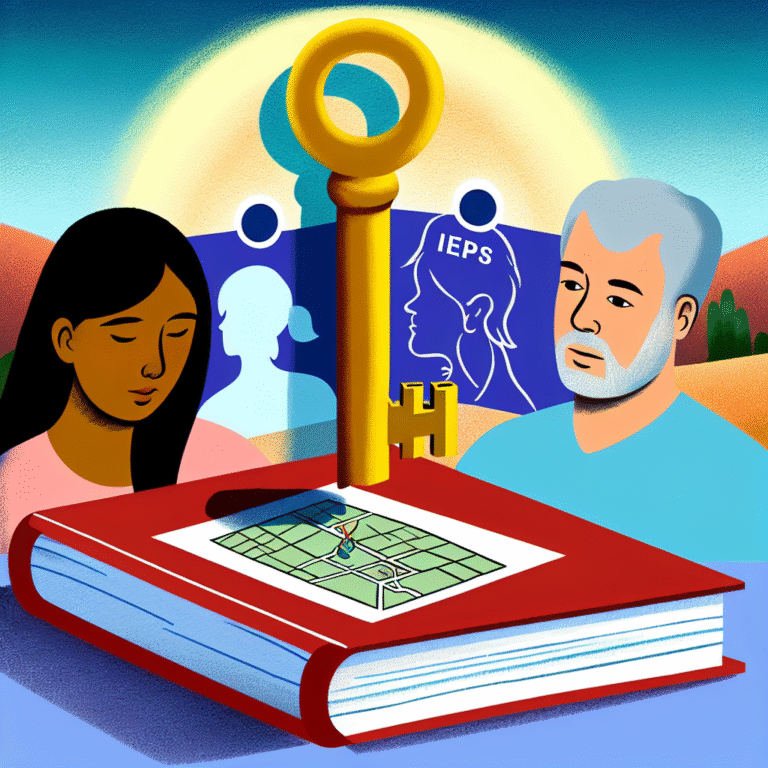
Introduction
Imagine a courtroom where the very fabric of justice is woven with the threads of neuroscience. This is not a futuristic fantasy but a present-day reality where the intersection of neuroscience and law is reshaping legal outcomes. The phrase "Neuroscience Meets the Courtroom: The Impact of Forensic Neuroimaging on Legal Outcomes" encapsulates a transformative movement that could redefine how we understand criminal behavior, culpability, and even the nuances of mental health in legal contexts.
As we delve deeper into this fascinating domain, we’ll explore how forensic neuroimaging—tools such as fMRI and PET scans—are not just scientific innovations, but ethical game-changers that bear significant implications for courtroom proceedings. With mounting evidence and real-world cases showcasing its impacts, it becomes vital to ask: can understanding the brain truly alter how we dispense justice?
The Growing Intersection of Neuroscience and Law
The Brain: A New Frontier in Legal Accountability
Traditionally, legal systems have relied on the concepts of intention, motive, and circumstances to establish accountability. However, recent breakthroughs in neuroscience have introduced a new lens through which we can examine these factors. Forensic neuroimaging allows us to visualize brain activity and potentially link certain behaviors, such as impulsivity or aggression, to neurological conditions. This opens up a dialogue around accountability that considers not just what individuals do, but why they might be compelled to act.
Table 1: Key Techniques in Forensic Neuroimaging
| Technique | Description | Applications |
|---|---|---|
| fMRI | Measures brain activity by detecting changes in blood flow. | Understanding emotional responses, assessing competency. |
| PET scans | Uses radioactive tracers to visualize metabolic processes in the brain. | Diagnosing brain disorders, evaluating cognitive function. |
| EEG | Records electrical activity along the scalp. | Detecting abnormalities associated with mental illnesses. |
Historical Context: The Evolution of Forensic Neuroimaging
Historically, the legal system has been slow to adapt to advancements in scientific understanding. The 2000s marked a critical shift, with several landmark cases introducing neuroimaging evidence into legal proceedings. These early trials laid the groundwork for how we perceive the interplay of neuroscience and legal standards, challenging long-held beliefs about free will and moral responsibility.
Case Studies: Real-World Applications of Forensic Neuroimaging
1. The Case of John Hinkley Jr.
In 1982, John Hinkley Jr. was found not guilty by reason of insanity after attempting to assassinate President Ronald Reagan. Neuroscience played a pivotal role in establishing his mental state, demonstrating how neuroimaging can impact legal outcomes. Hinkley’s defense showcased brain scans that illustrated his severe psychological disturbances, raising ethical questions about accountability and mental health.
Analysis: This case exemplifies how "Neuroscience Meets the Courtroom: The Impact of Forensic Neuroimaging on Legal Outcomes" can alter perceptions of culpability. Hinkley’s trial opened doors for future neuroimaging evidence to validate claims of insanity, albeit under strict scrutiny.
2. The Murder Trial of Eric W. Harris
In a high-profile murder case in 2014, Eric W. Harris claimed diminished capacity due to a traumatic brain injury. His defense team utilized fMRI scans as part of their argument, successfully arguing that neural deficits influenced his decision-making processes at the time of the crime. This marked a significant turning point, showcasing neuroscience’s role in mitigating sentencing.
Analysis: The trial spotlighted the practicality and ethical implications of using neuroimaging as evidence in court. Jurors had to contend with scientific data that complicates traditional notions of guilt, thereby embodying "Neuroscience Meets the Courtroom: The Impact of Forensic Neuroimaging on Legal Outcomes" in a tangible way.
3. The Divorce Case of Judith and David Hodge
In a contentious divorce case, Judith Hodge sought financial compensation for emotional distress, arguing that her husband’s actions had caused her significant psychological damage. Neuroimaging evidence was introduced to substantiate her claims, helping to quantify her emotional suffering. The court’s decision was heavily influenced by the neurological evidence.
Analysis: This scenario highlighted the versatility of forensic neuroimaging outside the realm of criminal law, demonstrating its potential in civil cases, and exemplifying the overarching theme of "Neuroscience Meets the Courtroom: The Impact of Forensic Neuroimaging on Legal Outcomes."
Ethical Considerations and Challenges
The Dual-Edged Sword of Neuroimaging Evidence
While the advantages of forensic neuroimaging are compelling, ethical concerns loom heavily. How do we ensure that such evidence is not misused or over-interpreted? Furthermore, there are questions regarding the reliability of these imaging techniques and their interpretations in emotionally charged legal environments.
The Risk of Neurolaw
The emergence of neurolaw—a field that merges neuroscience with legal principles—raises further questions about the implications of "neurological determinism." Is it fair to attribute criminal behavior solely to brain abnormalities? If brain scans can demonstrate causation, what does this mean for concepts like free will and personal responsibility?
Table 2: Ethical Considerations in Forensic Neuroimaging
| Concern | Description |
|---|---|
| Misinterpretation | The risks of jurors misinterpreting scientific data can lead to unjust outcomes. |
| Privacy issues | The invasive nature of some techniques raises questions about individual rights and consent. |
| Diminished agency | Relying too heavily on neuroimaging could undermine personal responsibility in the eyes of the law. |
Future Implications: The Path Ahead
Bridging Science and Law
As neuroscience continues to advance, its integration into legal systems will likely deepen. Ongoing research is crucial for developing standardized protocols to evaluate and interpret neuroimaging evidence, allowing courts to make informed decisions grounded in robust scientific understanding.
Advancing Public Awareness
Ensuring jurors are well-informed about forensic neuroimaging is critical for fair trials. Public education campaigns discussing the basics of neuroscience could help demystify its role in the courtroom, thereby fostering a more informed public discourse around its use.
Conclusion
The dialogue surrounding "Neuroscience Meets the Courtroom: The Impact of Forensic Neuroimaging on Legal Outcomes" is just beginning. As we harness the power of scientific advancements, the legal system must navigate the balance between innovative practices and ethical responsibilities. The road ahead promises to be fraught with challenges, but also rich with possibilities. For both legal practitioners and scientists, embracing this collaborative frontier could bring about a more nuanced understanding of justice and accountability.
FAQs
1. What is forensic neuroimaging?
Forensic neuroimaging refers to the use of brain imaging techniques, such as fMRI and PET scans, to gather evidence in legal contexts, often used to assess mental states or cognitive functions in defendants.
2. How can neuroscience impact legal outcomes?
Neuroscience can influence legal outcomes by providing insights into a defendant’s mental state, potentially affecting judgments of insanity, sentencing, or the assessment of liability in civil cases.
3. Are there ethical concerns with using neuroimaging in court?
Yes, ethical concerns include the potential for misinterpretation of data, issues surrounding individual privacy, and the risk of undermining personal responsibility when attributing behaviors to brain activity.
4. What are some landmark cases involving forensic neuroimaging?
Key cases include John Hinkley Jr.’s assassination attempt on President Reagan and the murder trial of Eric W. Harris, where neuroimaging played a significant role in establishing mental capacity and culpability.
5. How can jurors be educated about forensic neuroimaging?
Public education initiatives, workshops, and resources that explain the basics of neuroscience and its application in legal contexts can enhance jurors’ understanding, leading to more informed verdicts.
By embracing the potentials and challenges of "Neuroscience Meets the Courtroom: The Impact of Forensic Neuroimaging on Legal Outcomes," society can progress towards a justice system that more accurately reflects the complexities of human behavior and thought.


